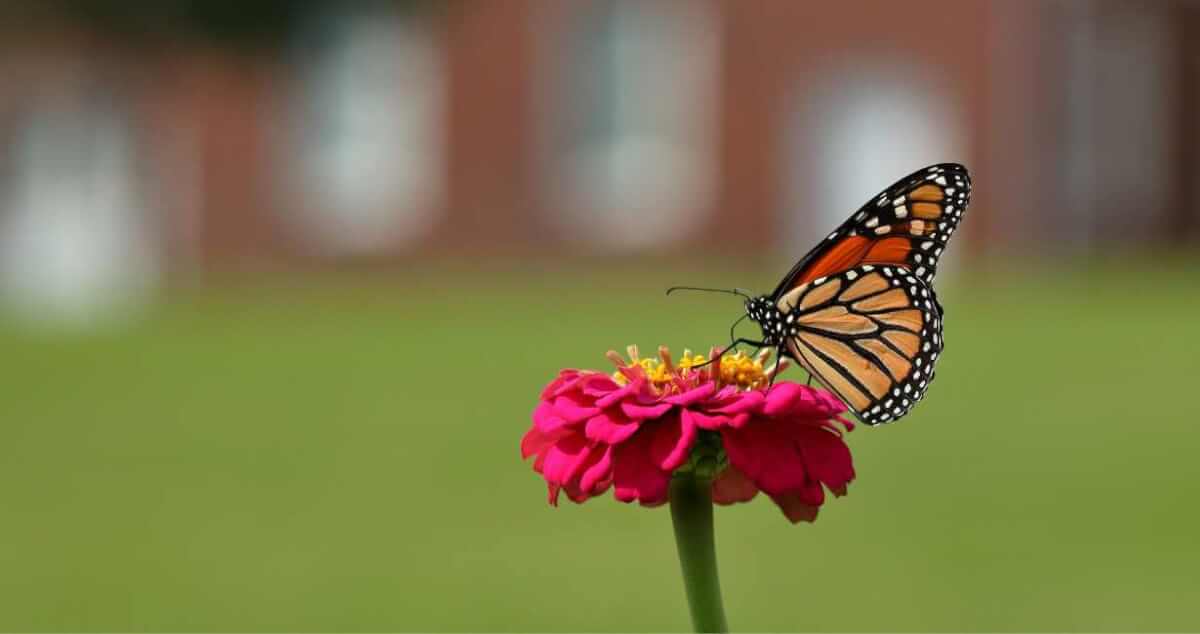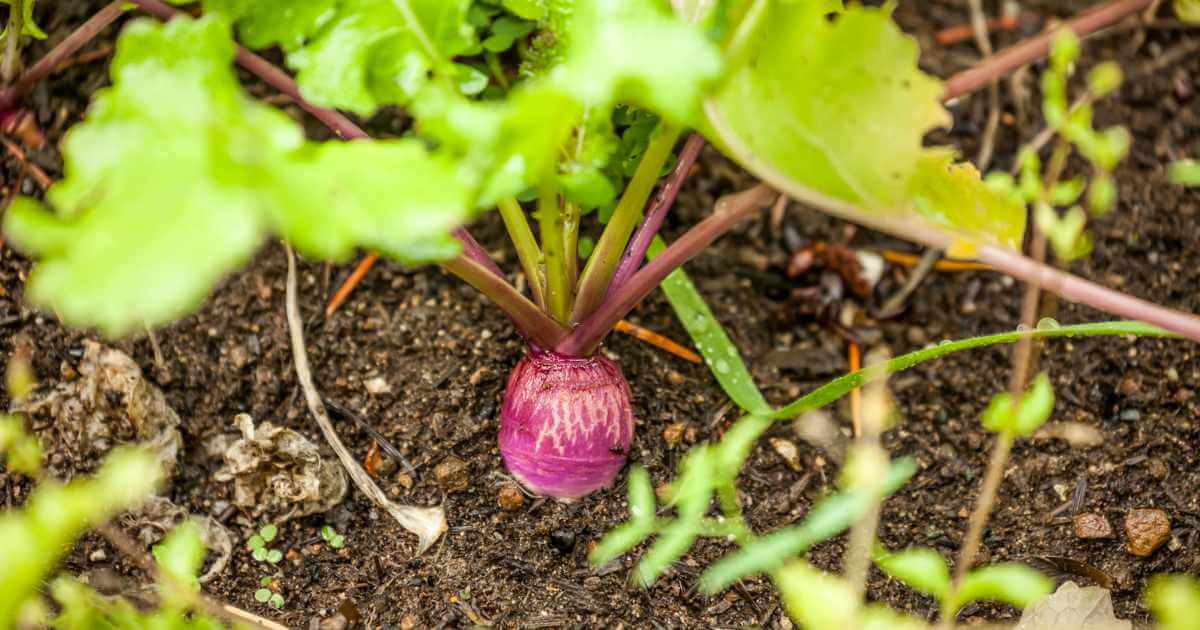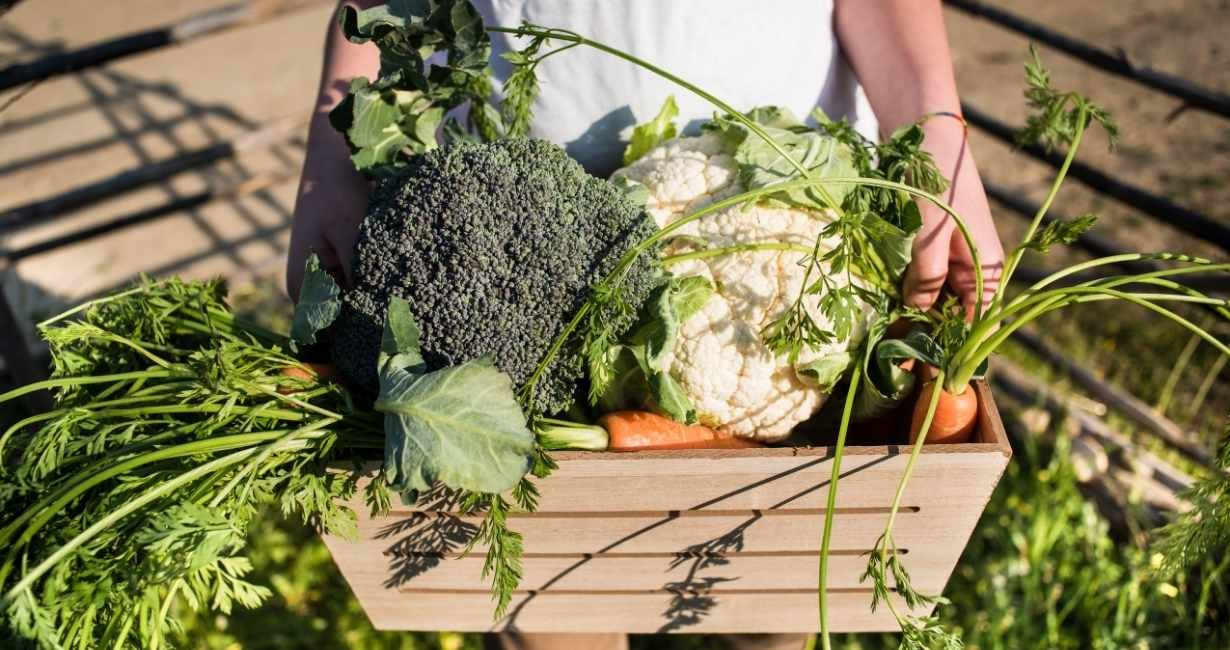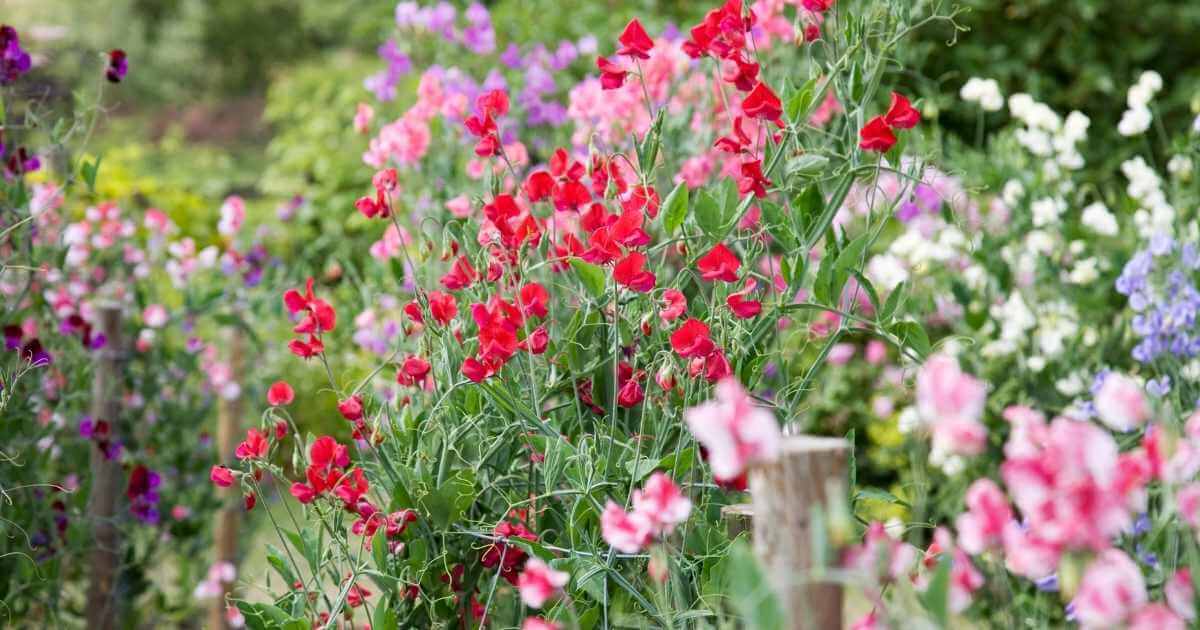
I tell ya… A North Texas gardener’s work is never done! Just when you think it’s safe to rest for a moment, there are 10 more things that need to be done to prepare for the next season. With that said, the early tasks and planning required of spring flower blooms are well worth it. And even better, we’re letting winter do most of the heavy lifting.
Because the ground in North Texas doesn’t freeze in the winter, many annual and perennial flowers can be planted in fall for spring and summer blooms. So, muster the last of your energy before winter comes to start these flowers by seed now (October-November) so that you can enjoy a garden full of bouquet-worthy blooms come springtime.
Flower Seeds to Start by Seed in the Fall for Spring Blooms in North Texas
1. Poppies
Poppies can be hit or miss in North Texas, but one thing is for sure, the seeds must be sown in the fall. The ideal window for planting poppy seeds directly is October 1-15. Because poppies can be finicky, I recommend experimenting with several different varieties to see which ones work best in your garden.
Iceland Poppies make stunning single-flower arrangements, and Breadseed Poppies boast large seed pods that beautiful as dried accents. For our complete guide to growing poppies in North Texas, click here.
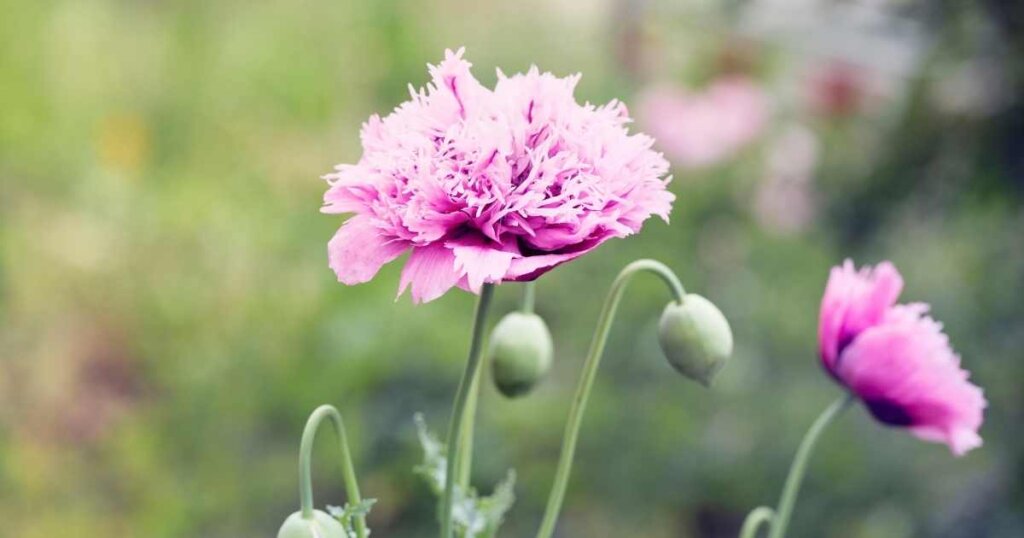
2. Sweet Peas
Sweet peas are another Northern cutting garden favorite often overlooked by Texas gardeners as impossible to grow here. That’s because most gardeners here try to start sweet pea seeds in the spring. This doesn’t give the plants enough time to establish and bloom before the heat arrives in May and June.
Plant sweet peas in the fall during the last two weeks of October for early spring blooms. Some gardeners like to nick the seed coat with nail clippers before planting, but I have never found this to be necessary.
Don’t forget to give sweet peas a structure to climb on. We recommend trellis netting.
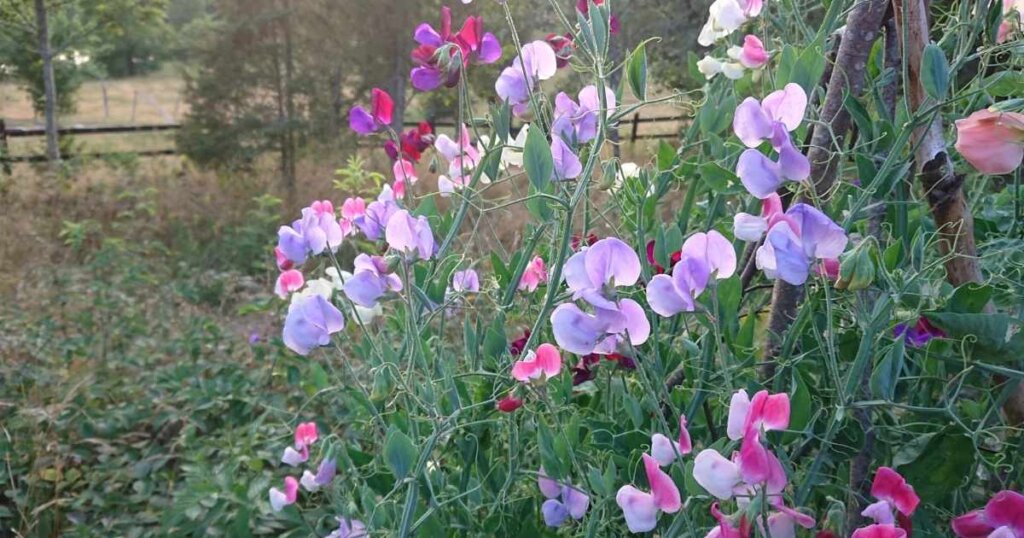
3. Larkspur
Larkspur is one of the North Texas flower gardener’s best kept secrets. Larkspur readily re-seeds itself, so once you establish them in your garden, they will return year after year to grand effect. They require little to no care at all, and will leave visitors gawking. Here are larkspurs growing wild and free in my brother’s backyard:
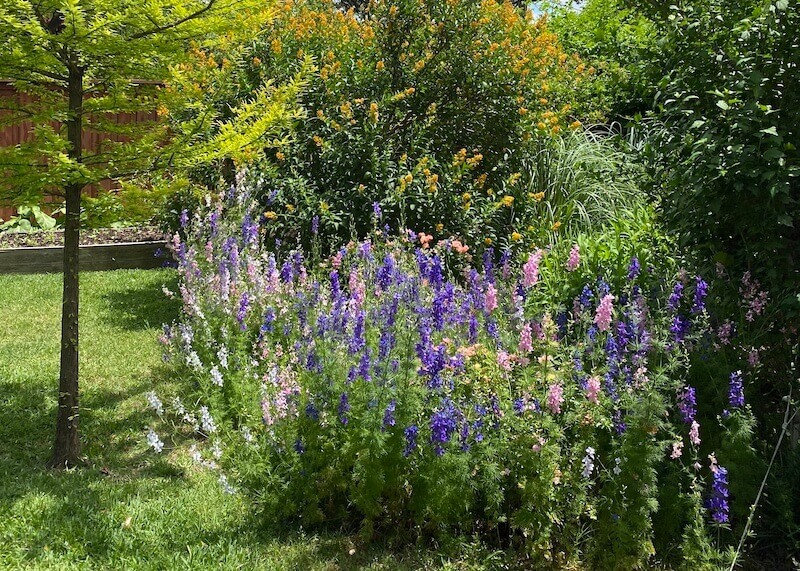
Plant larkspur seeds directly in the garden during the first week in December.
4. Cornflower (Centaurea/Bachelor’s Buttons)
The common name “Bachelor’s Buttons” tends to cause some confusion in Texas because that is what some old-timers call Gomphrena (Globe amaranth). Cornflower (Centurea) is th flower more universally known as Bachelor’s Buttons, and it’s a beautiful addition to the cut flower garden.
Sow centurea in the first week of November for spring blooms. Centurea prefers to be slightly crowded. For longest vase life, choose buds that are only half-open.
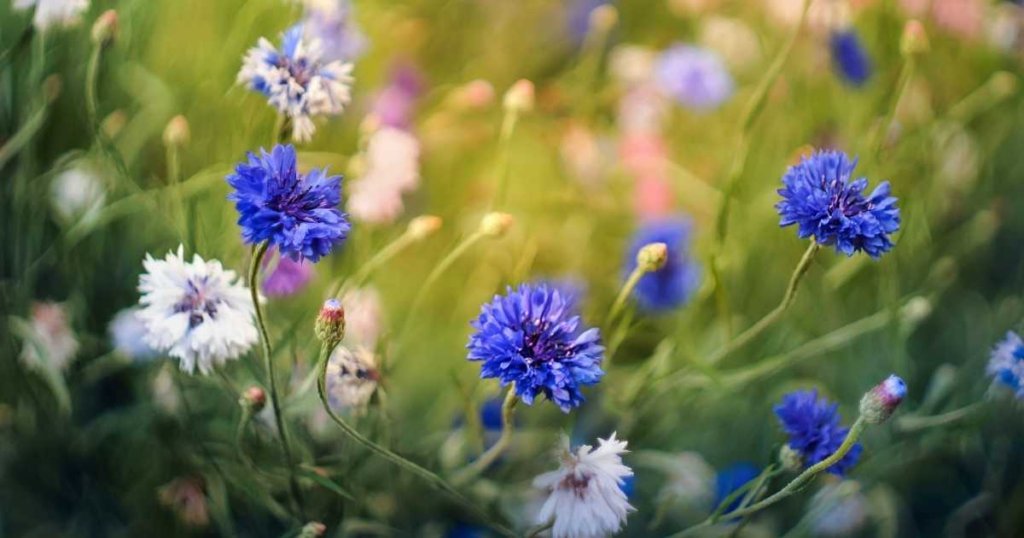
5. Purple Coneflower
Purple coneflower (Purple Echinacea) is a perennial Texas native flower that is easily grown in North Texas gardens. Unlike more fussy echinacea cultivars introduced in recent years, purple coneflower is the easiest to naturalize in your garden.
Like many perennials, echinacea is slow to grow and establish, so don’t expect exceptional performances right out of the starting gate. Give your coneflowers a few years to get established, and then sit back and enjoy the show.
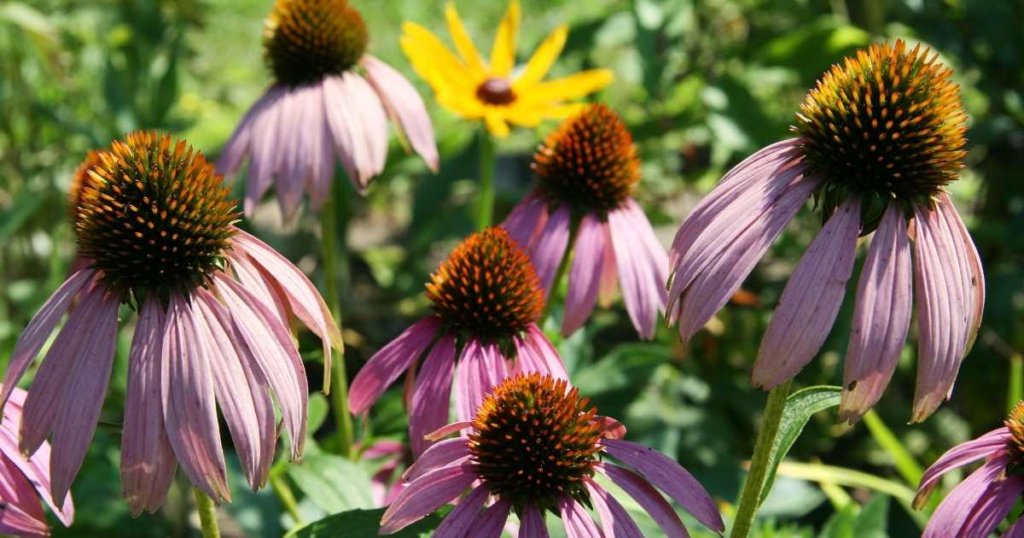
6. Black-Eyed Susans (Rudbeckia)
Black-eyed susans (Rudbeckia hirta) are a “top ten” perennial for North Texas gardens and will reward growers with a spectacular show of yellow flowers during the hottest summer months. A Texas native, Black-Eyed Susans make an excellent cut flower.
Numerous Black-eyed Susan cultivars are available. Look for compact varieties like “Spotlight” to arrive as transplants at garden centers in the spring. The old-fashioned kind are more easily perennialized, however.
Though rudbeckia can be started directly in the garden, it might be easier to start these seeds indoors in mid-August and transplant out in September.
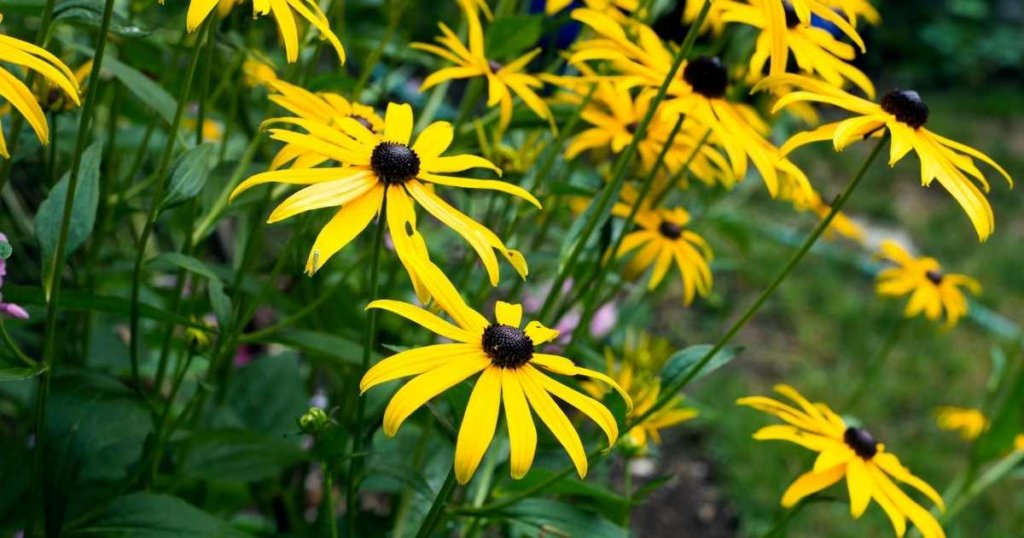
7. Love-in-a-Mist (Nigella)
Nigella is quickly becoming a darling of innovative floral designers for both its flowers and seed pods. Nigella is a short-lived bloomer here. It doesn’t like our heat. Allow seed pods to mature and collect seeds for re-planting the following fall.
Plant nigella directly during the first week of November.
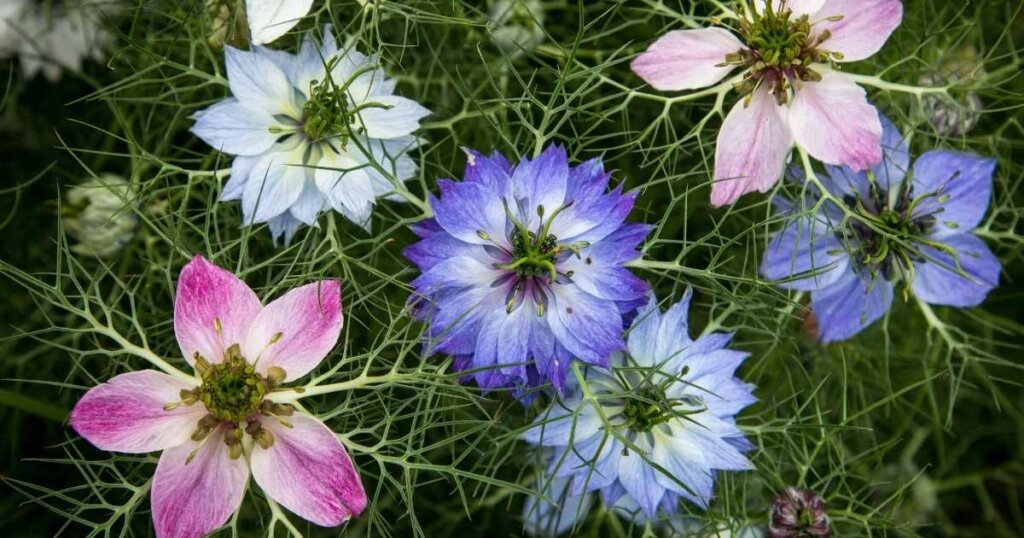
8. Ammi (Queen Anne’s Lace)
A trendy “filler” flower in the modern floral movement, Ammi is what many of us Texans might recognize as the roadside “weed” Queen Anne’s Lace. Thanks to breeding, we can enjoy more refined cultivars like ‘Green Mist’ and ‘Dara’ which are less aggressive than wild Queen Anne’s Lace.
Sow ammi directly during late October and early November. Ammi prefer cool weather to get established.

For more fall-sown flower seeds, visit Botanical Interests.
- New Plant I’m Testing: Kitchen Minis™ Bonsai Basil - April 24, 2024
- Resilient Perennials I’m Adding to My New Landscape - February 28, 2024
- 5 Ways to Enjoy Beautiful Fall Weather in DFW - October 18, 2023

